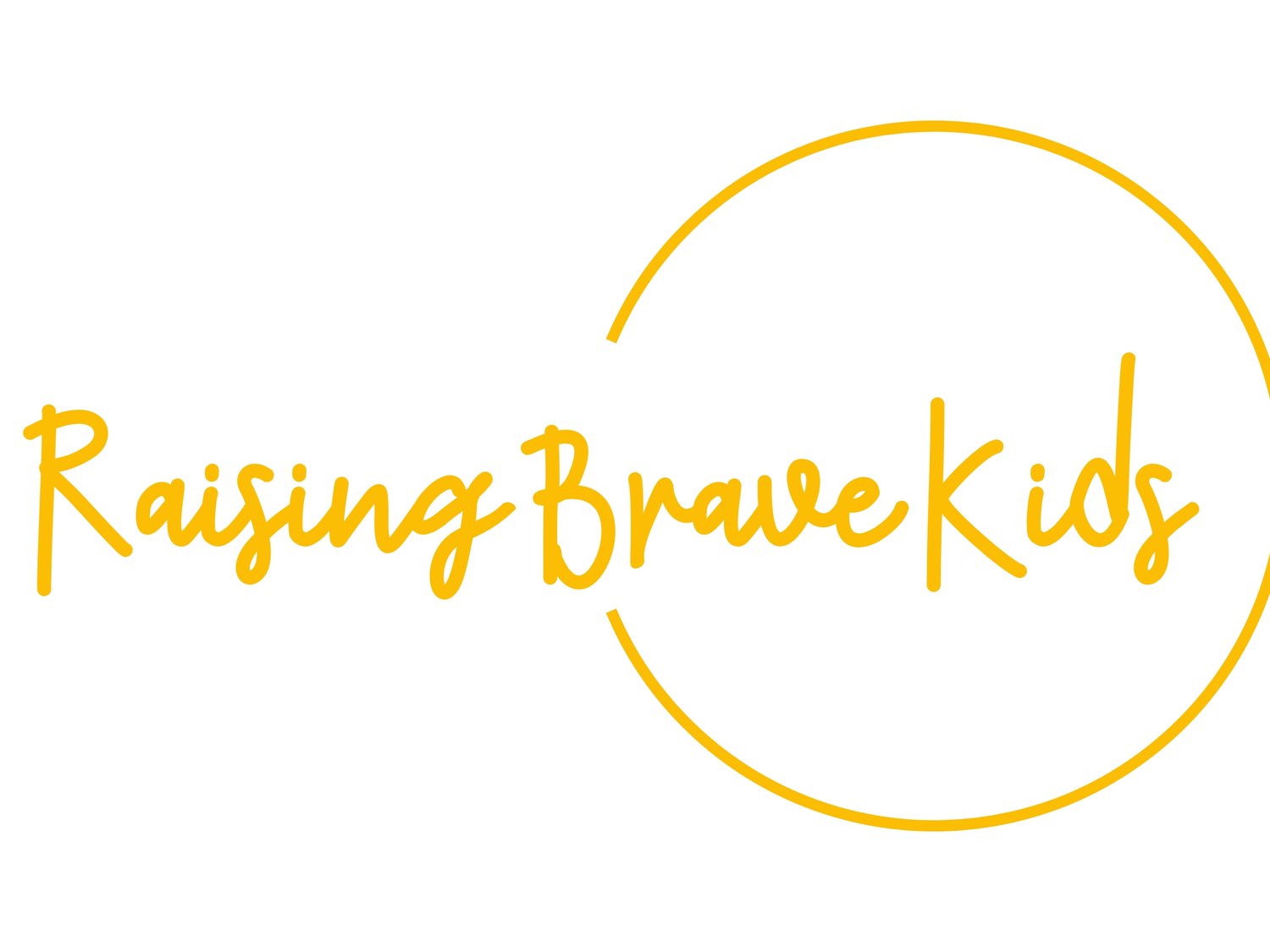Recognizing Anxiety in Children: Key Signs Every Parent Should Know
Recognizing Anxiety in Children: Key Signs Every Parent Should Know
As a Licensed Marriage and Family Therapist (LMFT), I've dedicated my practice to understanding the complexities of mental health in children and families. Anxiety in children, in particular, can be elusive and manifest in ways that are easy to overlook. It's crucial for parents, educators, and caregivers to recognize these subtler signs of anxiety to provide the appropriate support.
Understanding Anxiety in Children
Children may not always have the words to express what they're feeling. Anxiety, therefore, can show up in their behaviors, emotional responses, and even physical health. Early recognition of these signs is key to supporting our children in developing the resilience and coping mechanisms that will serve them throughout their lives.
Key Signs of Anxiety in Children
Behavioral Changes: A shift in behavior is often the most noticeable sign of anxiety. This might include becoming unusually clingy, avoiding activities they once enjoyed, or showing reluctance to attend school. Some children might display irritability or aggression as a way of coping with feelings they can't articulate.
Physical Symptoms: Anxiety can manifest physically as stomachaches, headaches, or unexplained aches and pains. Restlessness, an inability to sit still, fidgeting, and difficulty sleeping are also common physical signs of anxiety in children.
Emotional Responses: Look for heightened emotional responses such as excessive crying, fear of making mistakes, or an intense fear of new situations. Children with anxiety may seek reassurance frequently or express persistent worries about what the future holds.
Regression in Development: Anxiety can sometimes cause children to regress to behaviors they had previously grown out of, like bedwetting or using babyish speech, especially in older children who have already mastered these developmental stages.
Avoidance Behavior: Avoiding certain situations, people, or places without an obvious reason can indicate anxiety. This avoidance is often a coping mechanism to escape situations that provoke anxiety, but it can limit a child's ability to engage in healthy, everyday activities.

